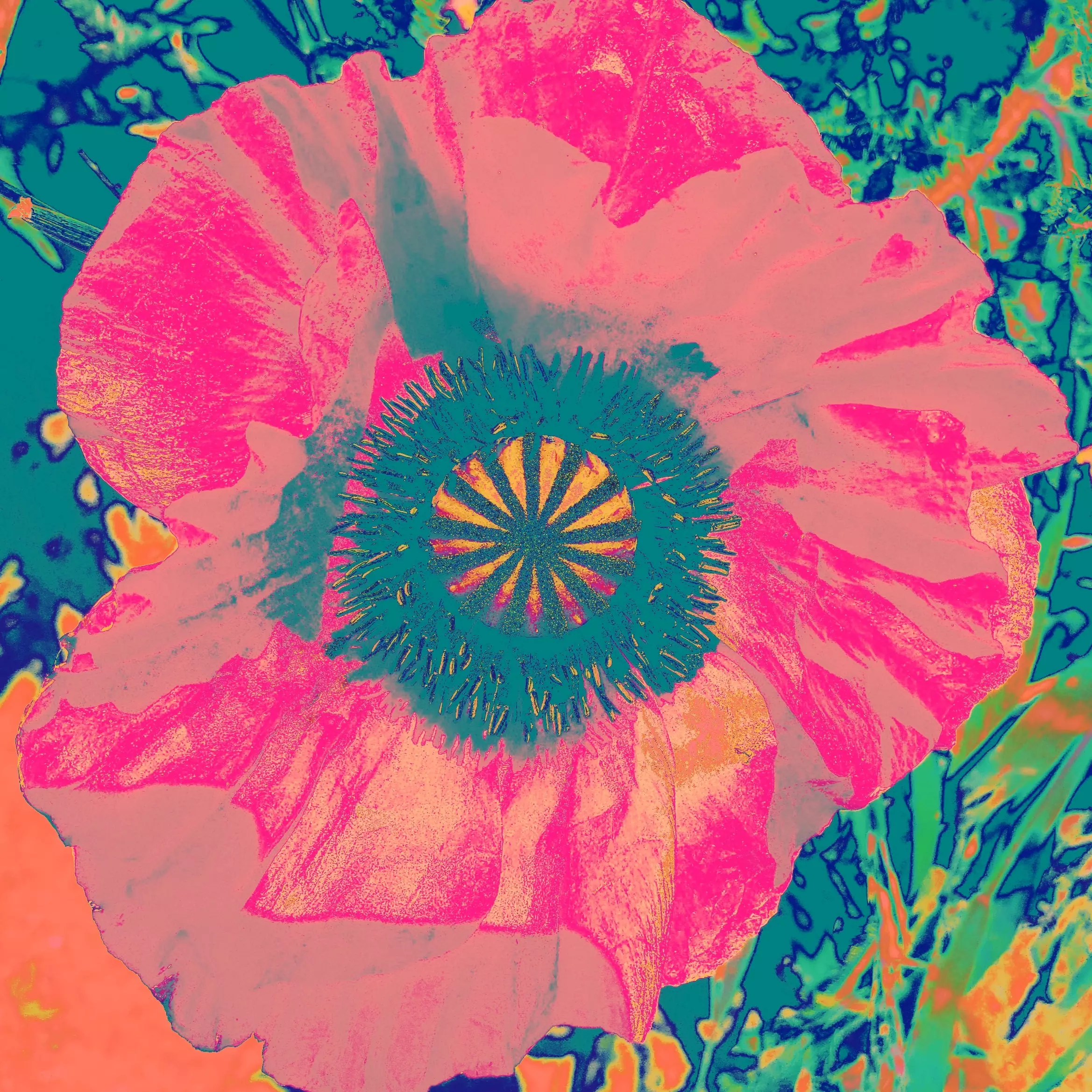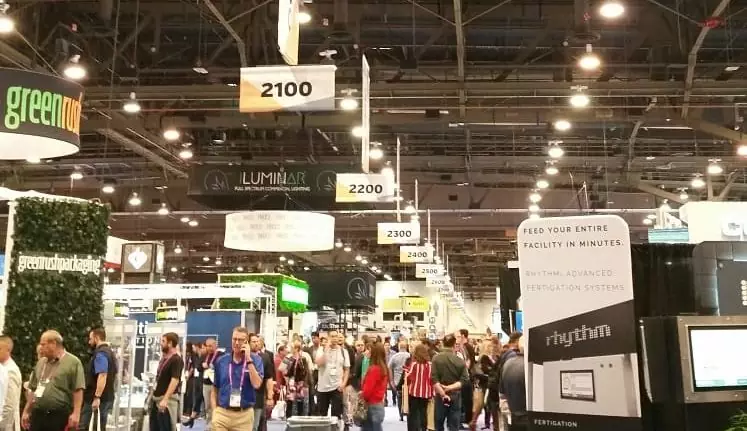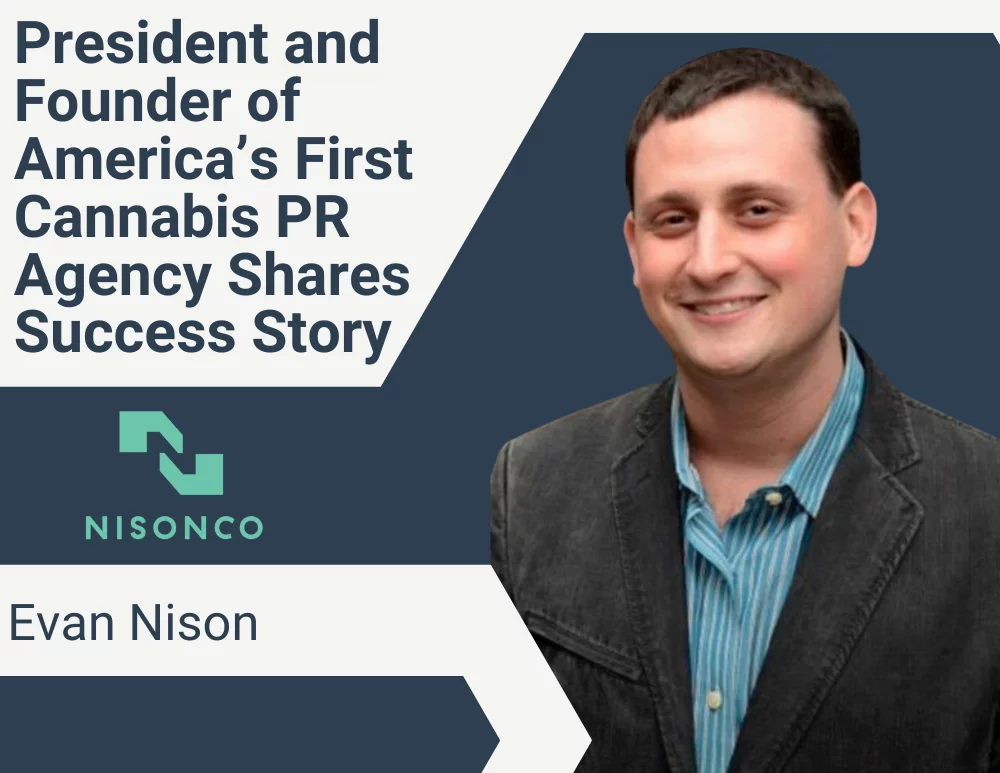The counterculture movement of the 1960s was hallmarked by its anti-establishment nature, civil unrest, a struggle for equality, and the artistic presence that encapsulated it all. During this same time period, there was an explosive movement of scientific advancements including putting the first man on the moon and a deep-dive into the realm of psychedelic exploration, especially in lysergic acid diethylamide (LSD) and psilocybin.
Fast Forward to 2020 and scientists are at it again, examining potential therapeutic properties of entheogens, thanks in part to the revived Psychedelic Renaissance in the West. Similar to the ‘60s, Western scientists are centering their focus on pharmacological properties of psychedelics, guiding experiments to develop medicines that may aid in the treatment of various mental health conditions such as depression and anxiety.
Oftentimes, the new psychedelic renaissance is criticized for stripping psychedelics down, removing them of their holistic and creative properties. When we think of psychedelics, we often think of their creative nature, but there’s also a deep scientific structure at play. In fact, psychedelics converge at the confluence of art and science, working more completely as a conjoined pair, rather than two separate entities.
Interestingly, this duality overlaps significantly with the PR and marketing sphere. As professions, these two spaces combine science and art in order to develop effective campaigns, engaging content, and pitching strategies. Something I love about working in this field is that I am able to expand my creative abilities to generate innovative ideas, and curate content and pitches with personality.
PR and marketing exist in a balance between art and science, and they do not work well without each other. When artistic value is stripped, pitches become dull, content won’t stick, and brands go unnoticed. However, if creative energy is drawn upon, PR and marketing teams are able to create powerful, purposeful campaigns. The artistic component of PR and marketing is fundamental because it breathes life into the campaign. Art personalizes viewers’ experiences — born directly from team members showcasing their own creative talents, further enhancing communication’s value as an art form.
Like psychedelics, marketing and PR don’t exist in an artistic vacuum. Both of these fields rely heavily on scientific components to be effective. Strategic PR and marketing campaigns are generated based on data. The data can range from algorithms to reach specific audiences, social media metrics, to testing various strategies to see which ones work and which fall flat. This data can help to address outcomes and show deliverable results. Nevertheless, even with all of the figures in the world, if your campaign lacks creativity, it won’t stick.
As a PR professional now working in the psychedelic realm, viewing the duality of art and science has become particularly striking. While these components are more important than ever to recognize, it’s also important to be cognizant of psychedelics’ origins.
The West is in the midst of a Psychedelic Renaissance, fueled by a desire to parse out psychedelics’ capabilities as medicine. While the West has been focusing on isolating various molecules & compounds within psychedelics, it ought to be remembered that Indigenous cultures have been utilizing psychedelics as medicine for thousands of years, often approaching psychedelics holistically — recognizing them from their literal roots.
Like 40% of modern day medicines, including opiates and aspirin, psychedelics are often plant-derived. Numerous Indigenous cultures have recognized the value in herbal medicines as treatment for ailments such as inflammatory pain and nausea. I had the opportunity to learn a significant amount about natural medicines at the epicenter of multiple psilocybe species in Oaxaca, one of the most biodiverse regions in the world. In fact, the Americas represent over 100 species of plants that possess psychedelic properties.
While the West continues its dive into the science behind psychedelics, we must remember that much like PR and marketing, psychedelics operate in a balance. The artful properties of psychedelics are what give it life, just as the chemicals that make them up offer therapeutic potential. Similarly, the data that offers insight into constructive PR and marketing campaigns cannot exist without the creativity that drives them.
By diving into the gap between science and art, a PR team can approach psychedelics respectfully and present them to a vast audience. Without such an approach, the true potential of both PR and psychedelics cannot be realized.



